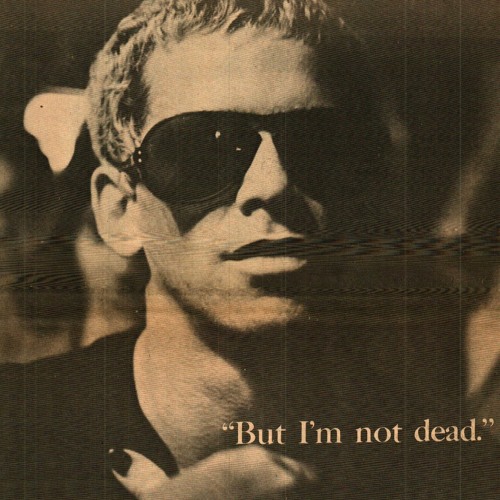
Today, the musical Rent plays on Broadway to a mostly white and suburban audience, MTV exploits the neighborhood's newly trendy squalor in a film promotion, and on the Internet a cyber soap opera and travel-related Web pages lure members of the middle class to enjoy a commodified and sanitized version of the neighborhood. The Lower East Side of Manhattan is rich in stories - of poor immigrants who flocked there in the late nineteenth and early twentieth centuries of beatniks, hippies, and artists who peopled it mid-century and of the real estate developers and politicians who have always shaped what is now termed the "East Village". This book brings Lou Reed and his world alive. In the course of his research, Sounes has interviewed over 140 people from every part of Lou Reed's life - some of whom have not spoken publicly about him before - including music industry figures, band members, fellow celebrities, family members, former wives and lovers. Written with a deep knowledge and understanding of the music, Sounes also sheds entirely new light on the artist's creative process, his mental health problems, his bisexuality, his three marriages, and his addictions to drugs and alcohol.

In this in-depth, meticulously researched and very entertaining biography, respected biographer Howard Sounes examines the life and work of this fascinating man, from birth to death, including his time as the leader of The Velvet Underground - one of the most important bands in rock'n'roll. To his dedicated admirers, however, he was one of the most innovative and intelligent American songwriters of modern times, a natural outsider who lived a tumultuous and tortured life. Sounes' book pushes the standard Reed narrative - The New York Times Lou Reed, who died in 2013, was best known to the general public as the grumpy New Yorker in black who sang 'Walk on the Wild Side'. **** COMPELLING - The Sunday Telegraph CONTROVERSIAL. With Andy Warhol in the band's corner, such threats were minimized. Most bands of that era compromised with their record companies, through wholesale revamping of their image from wardrobe to musical style, changing or omitting lyrics, creating drastically edited versions for radio airplay, or eliminating songs entirely from their sets and records. The Velvets were a young band under constant critical attack, and the pressure to conform in order to gain acceptance must have been tremendous.

Clients who dared make technical suggestions were treated with bemusement, derision, or hostility. Studios were still more about science than art. EXCERPT In 1966, some studios, like Abbey Road, had technicians in white lab coats, and even the less formal studios usually had actual engineering graduates behind the consoles. With input from co-producer Norman Dolph and Velvets fan Jonathan Richman, Harvard documents the creation of a record which - in the eyes of many - has never been matched.

In this book, Joe Harvard covers everything from Lou Reed's lyrical genius to John Cale's groundbreaking instrumentation, and from the creative input of Andy Warhol to the fine details of the recording process. And remarkably, it still sounds as fresh and challenging today as it did upon its release in 1967. The Velvet Underground and Nico has influenced the sound of more bands than any other album.


 0 kommentar(er)
0 kommentar(er)
